March Gardening Tips and To-Dos for the Pacific Northwest Region
Are you starting to see signs that your garden is waking up from its winter slumber? I’ll share gardening tips and to-dos for March to set your Pacific Northwest garden up for success.
As the days grow longer and the weather starts warming up, spring is in the air. Here in the Pacific Northwest, March is a great time to get your garden in shape for the upcoming growing season.
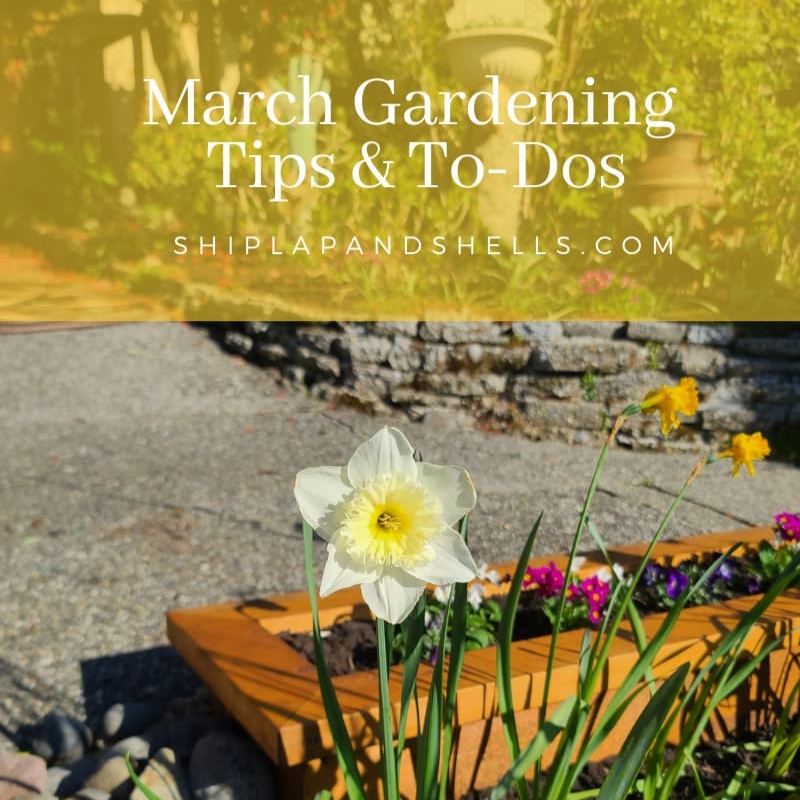
As an Amazon affiliate, I earn from qualifying purchases at no extra cost to you. My blog contains other affiliate links as well for your convenience. Click here to read my privacy policy.
The spring bulbs are finally starting to pop out of the ground in the garden as spring approaches. Hellebores and heather plants are blooming, and our camellias will start blooming soon.
So many changes are starting to happen to our Pacific Northwest garden in March. It’s still one of the colder months, with winter temperatures still lurking in the 30s, but Daylight Savings Time is happening this month, and we can start spending more and more time outdoors.
This is also my busiest month of the year in the greenhouse, with new seeds to sow. I’ll be sowing the rest of my cut flowers in early March.
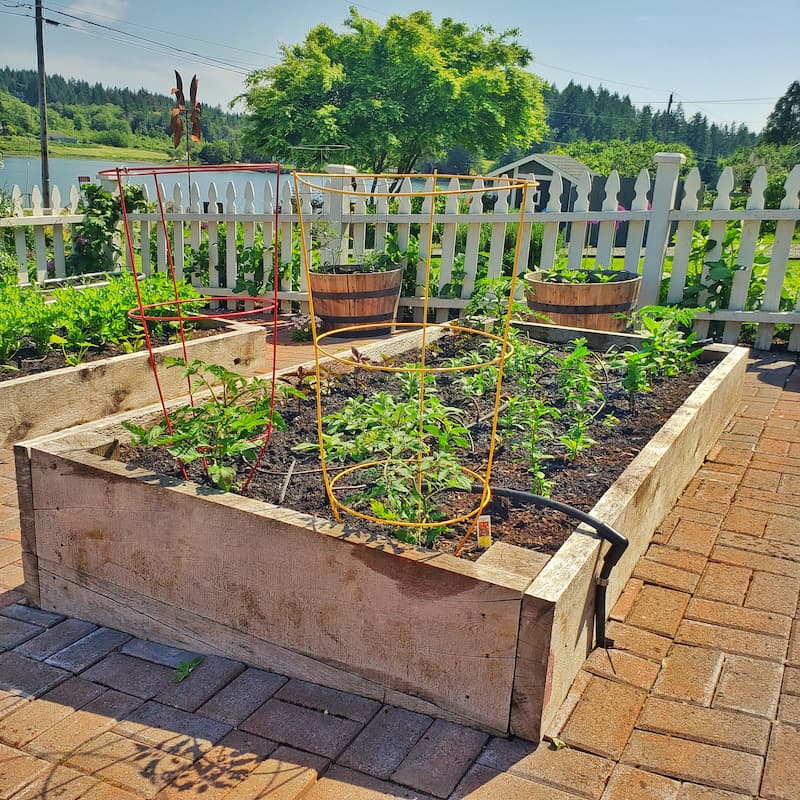
Garden Planting and Sowing Seeds in March
Here are some Pacific Northwest gardening tips and things to do in March to prepare your garden for the next growing season.
Vegetables to Plant in the Ground
Many cool-season crops such as broccoli, peas, Brussels sprouts, cabbage, cauliflower, kale, lettuce, onions, and shallots can be directly planted in the garden as soon as the soil temperature is consistently at or above 40°F.
Invest in a soil thermometer to make it easier for you to be sure it’s the best time to plant.
Planting Asparagus
When planting crowns in early spring as soon as the soil can be worked, you should have asparagus to eat the following year. It can take 2-3 years to harvest if you are planting seeds.
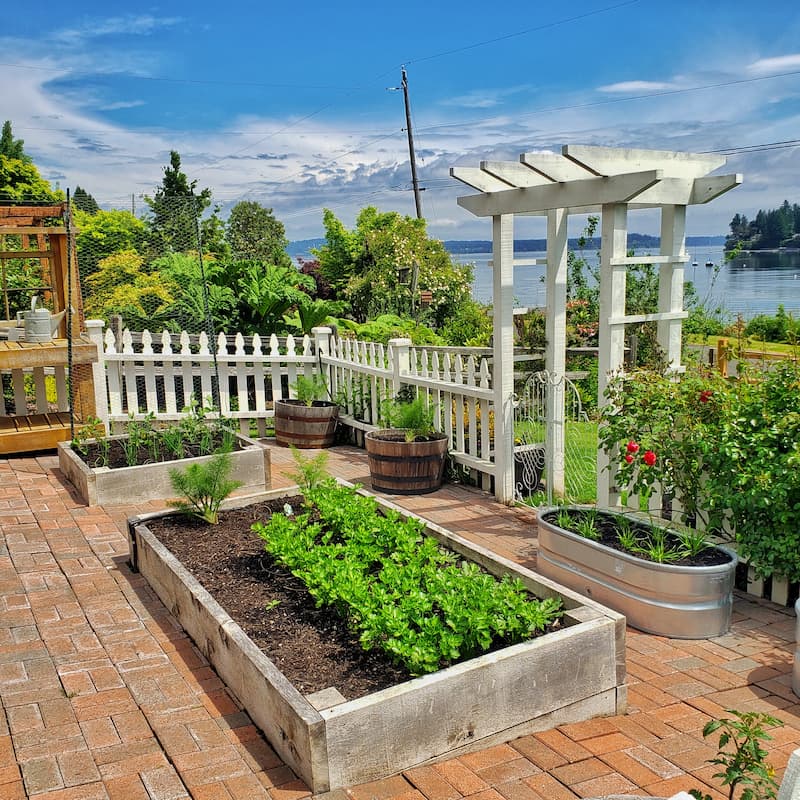
Sow Vegetable Seeds Indoors
Start seeds for cole crops like cabbage and broccoli indoors or directly outdoors.
Warm-season vegetable seeds should be sown indoors for basil, eggplant, peppers, tomatoes, cucumbers, and melons.
Sow seeds for peas, artichokes, strawberries, and blueberries.
Start Planting Spring-Planted Bulbs
March is the planting season for spring-planted bulbs such as gladiolus, begonias, ranunculus, and calla lilies towards late March.
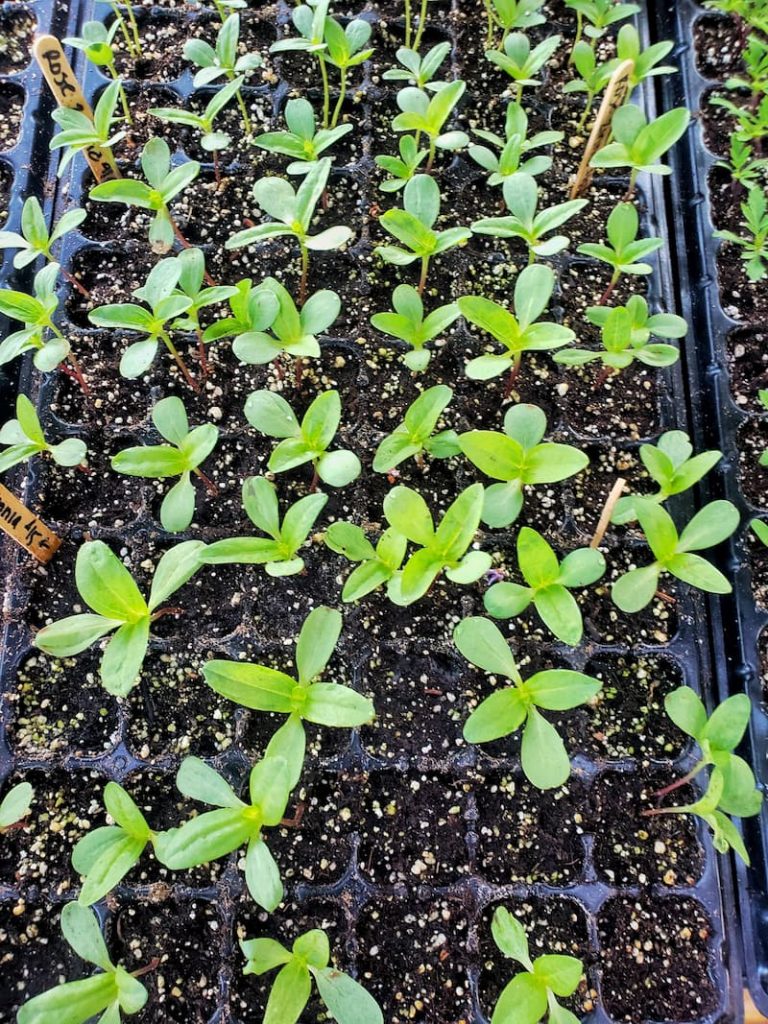
Sow Flower Seeds Indoors
March is the ideal time to begin sowing seeds for flowers in the Puget Sound.
Summer cut flower seeds such as zinnias and cosmos should be sown indoors this month. For more tips on sowing seeds, visit my blog post, Seed Starting Basics 101.
Knowing your last frost date is essential to sow your seeds appropriately. You can find suggestions on coordinating with your frost dates on the back of your seed packets.
Flower varieties like stock and lupine do well with a succession planting plan. This is when you sow seeds every few weeks for a longer growing season. This information should be on the seed packets as well.
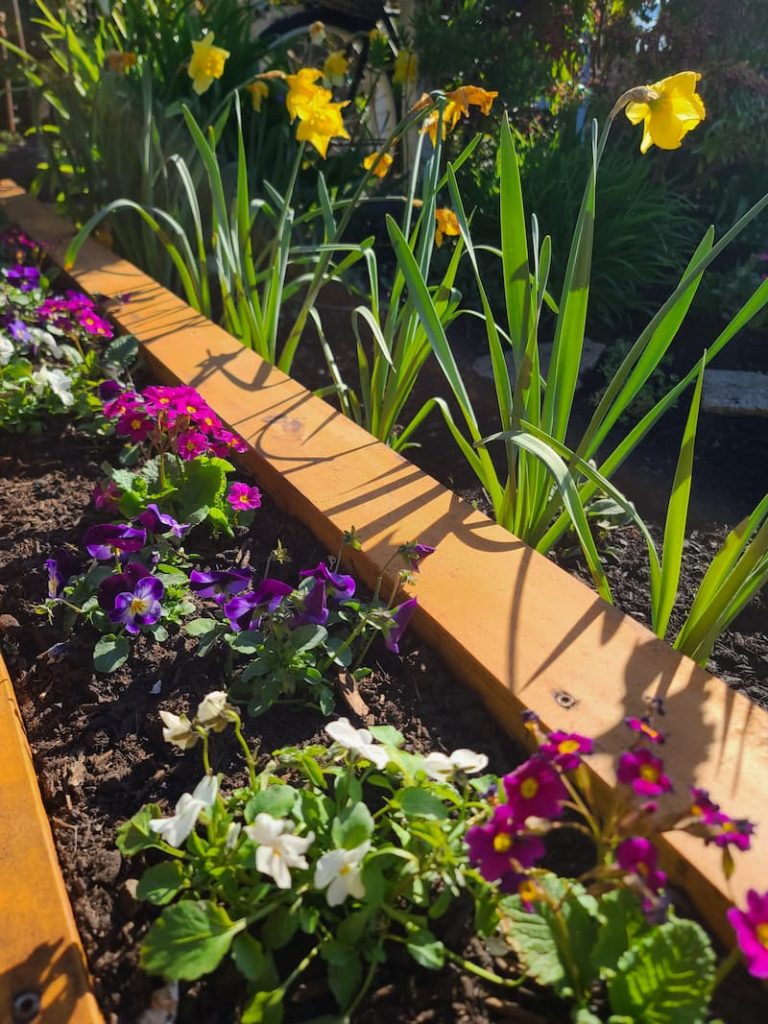
Plant Annual Flowers to Bring Color to the Garden
Primroses, violas, pansies, and cornflowers are frost-resistant and cold-tolerant annual flowers. They can be planted around the garden and in containers to brighten up your March Pacific Northwest garden.
Your local nursery should be stocked up on these hardy annuals this month.
Pruning and Cutting Back Plants in the March Garden
Cut Back Old Perennial Growth
Cut back any old growth from your perennial flowers.
Pruning encourages new growth and allows for better air circulation and light penetration.
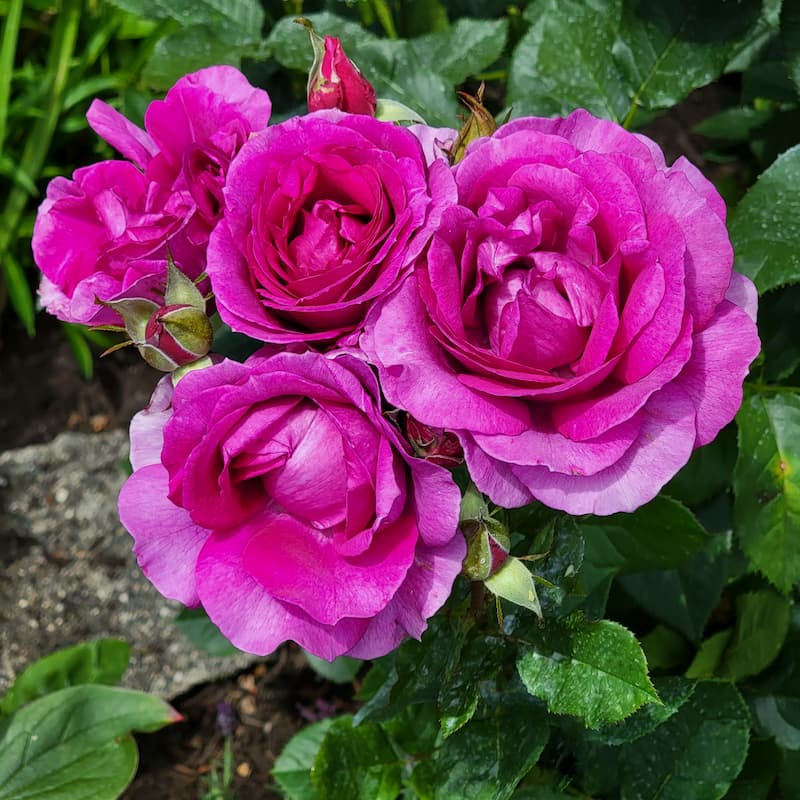
Finish Pruning Projects
Fruit Trees and Grapevines |
If you haven’t finished pruning your fruit trees and grapevines already, you’ll want to do so as soon as possible.
Roses
Remove old, thin, unproductive rose canes early in the month. Cut back bush roses to 12-18 inches tall and shrub roses to 3 feet.
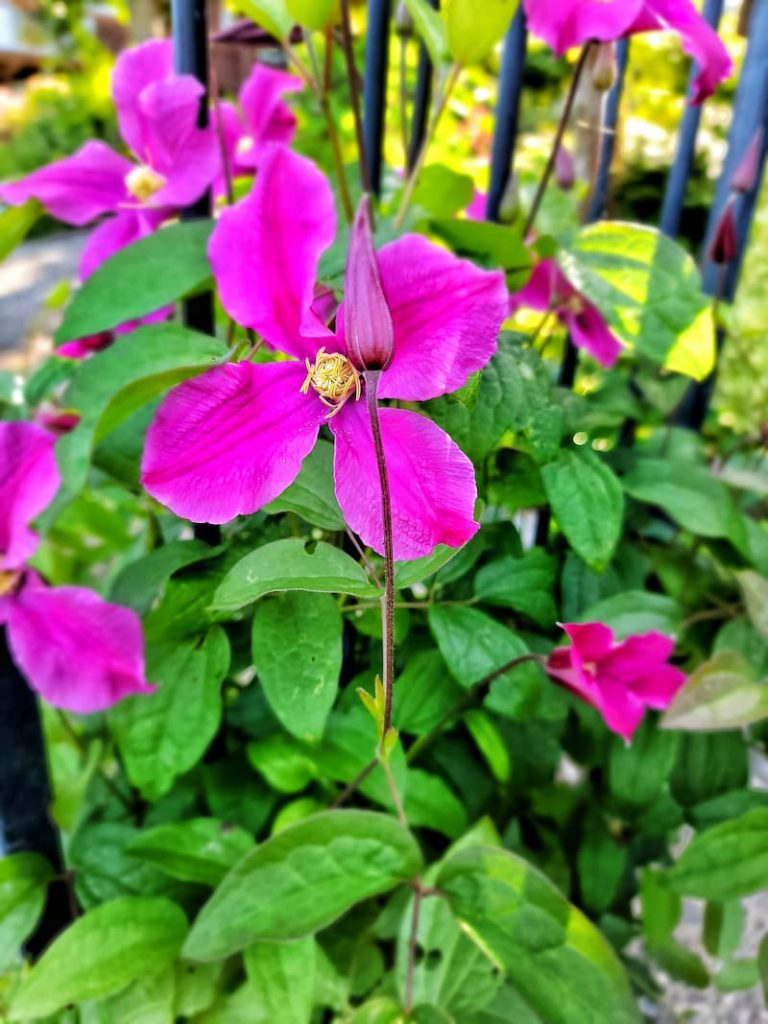
Clematis
Italian and scarlet clematis should be cut back in late winter to a pair or two of buds, approximately 8-12 inches from the ground. This group is new wood and should be at eye level when they bloom in the summer.
Evergreen Shrubs
March is a great time to prune evergreen shrubs in the Pacific Northwest garden. New growth will start soon after, and the shrub will have plenty of time to recover before summer.
Remove dead or damaged branches and thin out crowded branches.
Ornamental Grasses
In the Pacific Northwest, ornamental grasses should be cut back or pruned in late winter or early spring. This is when the grasses are just showing signs of new growth.
Pruning helps promote air circulation, which can help reduce the soil’s moisture and decrease the risk of mold and mildew.
*WAIT TO PRUNE SPRING-FLOWERING SHRUBS UNTIL AFTER THE BLOSSOMS FADE.
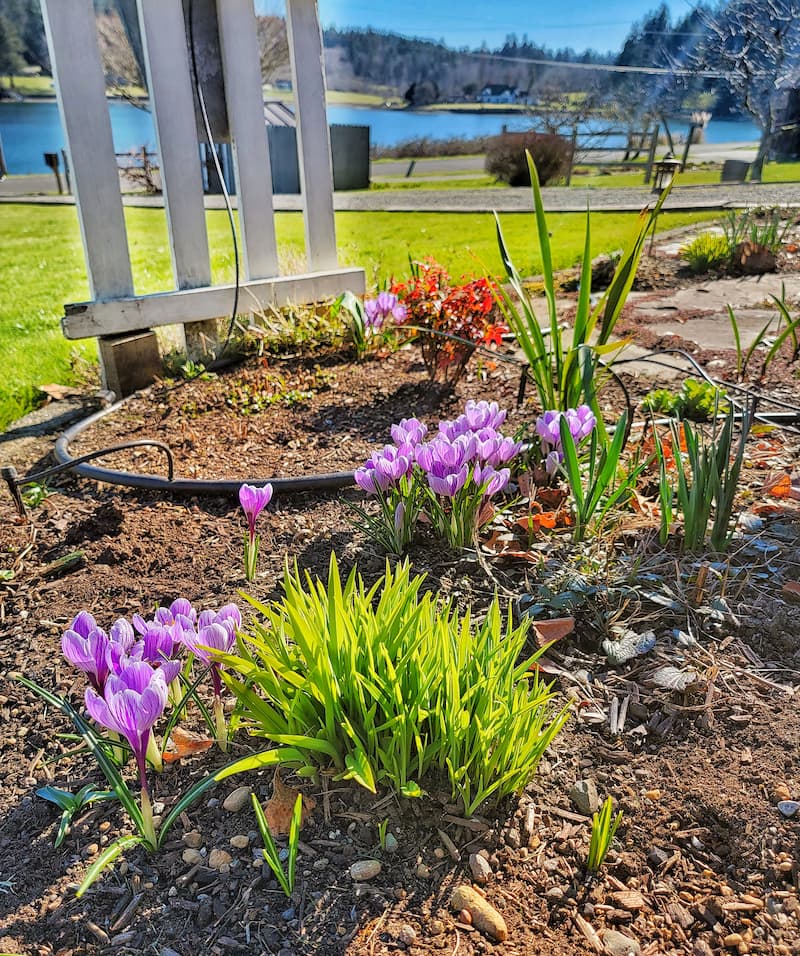
Clean Up Your Garden
One of the first things you’ll want to do is get a head start on cleaning your garden beds.
Start by removing any dead or decaying plants.
Rake away any leaves and debris that have accumulated over the winter months.
It’s a good idea to gradually pull winter mulch from your garden beds as plants show signs of new growth. Acclimate your plants by removing the mulch over several days.
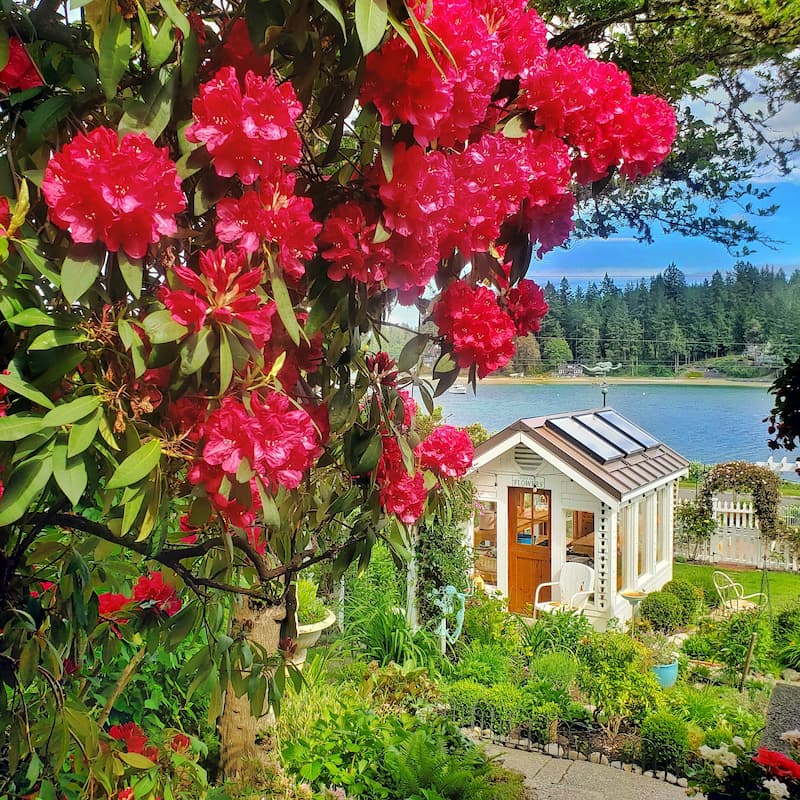
Fertilize Plants and Bulbs
Rhododendrons, Azaleas, and Camellias
Choose a fertilizer designed for acid-loving plants.
Clematis
Work the fertilizer into the soil around the base of clematis vines and water. Refresh mulch around vines.
Bulbs
As new shoots appear, work in bulb fertilizer into the soil around plants. This feeding ensures an even better performance next year.
Roses
Feed your roses after pruning.
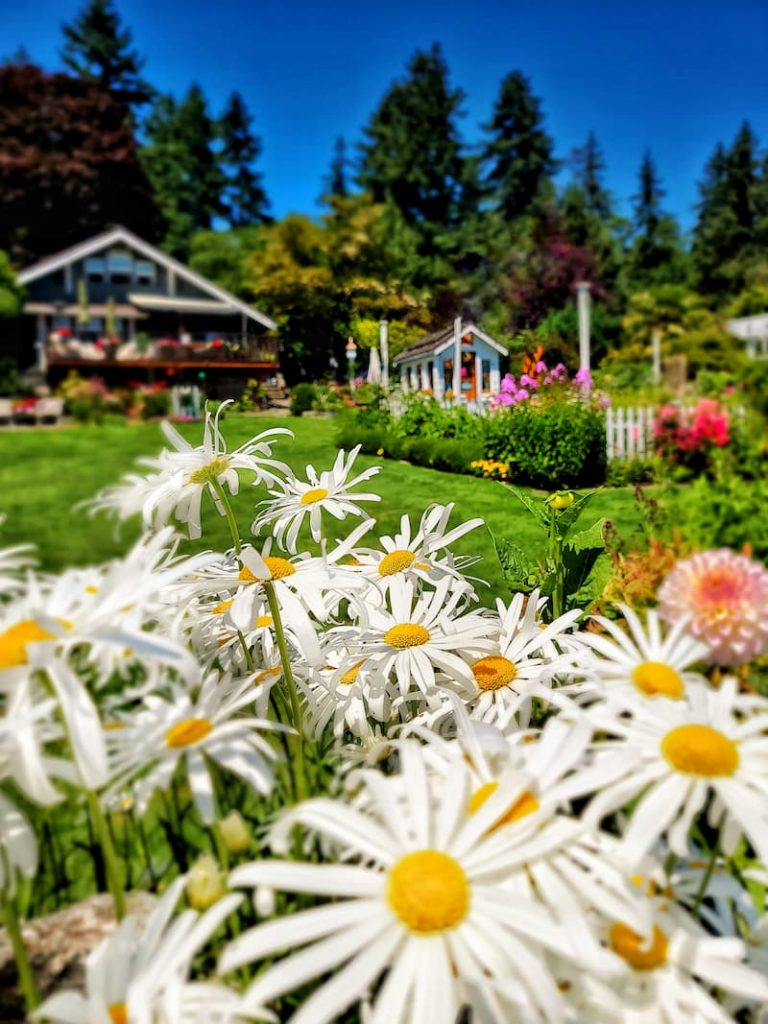
Divide Summer and Fall Blooming Perennials
Early spring is a good time of year to divide and transplant crowded and overgrown perennial clumps.
This will ensure they are healthy and produce abundant flowers next season. Summer and fall blooming perennials include:
This timing gives new transplants an entire growing season to recover before facing cold winter conditions.
If the perennial blooms before mid-June, then divide in fall. If the perennial blooms after mid-June, then divide in early spring. For more information about dividing perennials, read my blog post.
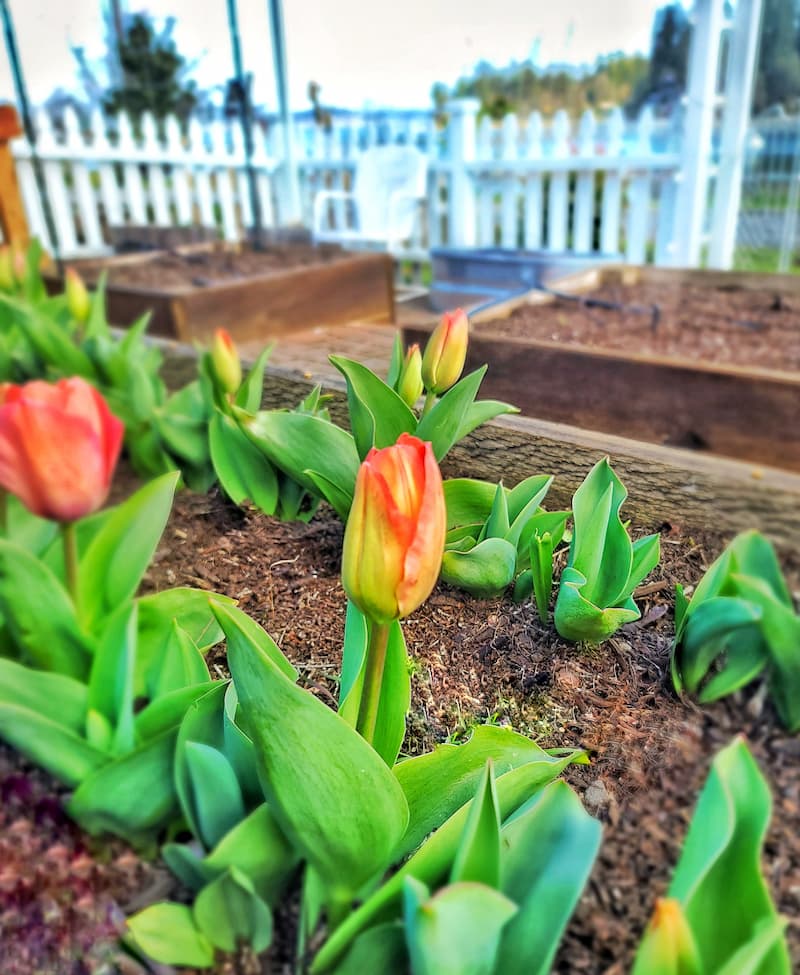
Pest and Weed Control
Both preventive pest management and weed control are crucial for a healthy garden. If you let things slip through the cracks, you’ll have difficulty catching up later in the spring.
Stay on Top of the Weeds
It only takes a little sun before the weeds in your March garden start sprouting. Keep up on weeds in garden beds before they grow out of control. Now is the time to weed your garden before weeds can flower and go to seed.
Applying a layer of mulch to your garden beds will help to suppress weeds.
Slug Maintenance
Rain brings slugs and snails, so control them by eliminating their hiding places. Clean up leaves, and use some slug bait around your most susceptible plants.
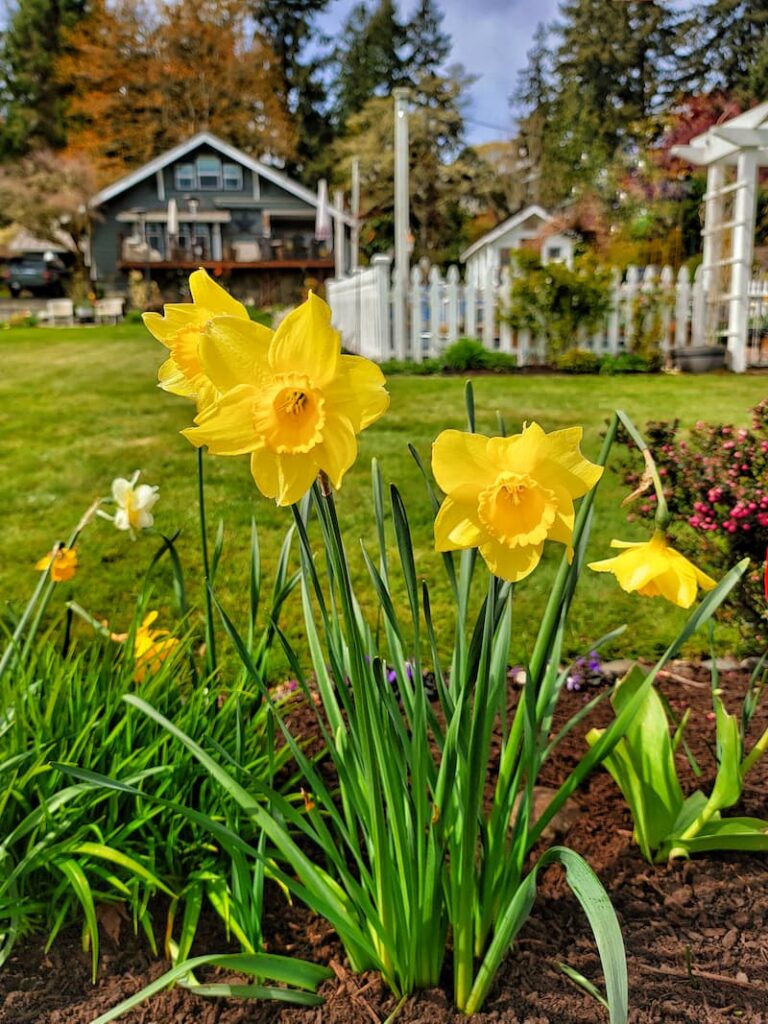
Apply Deer Repellent
The deer love tulips. When you start to see tulip foliage pop up out of the ground, spray a deer repellant when you have a day with no rain or wind.
Take Preventive Measures Against Insect Pests
In the Pacific Northwest garden, preventive insect pest measures should be started in early spring, as soon as the soil is workable.
Natural and Organic Methods for Pest Control in the Garden
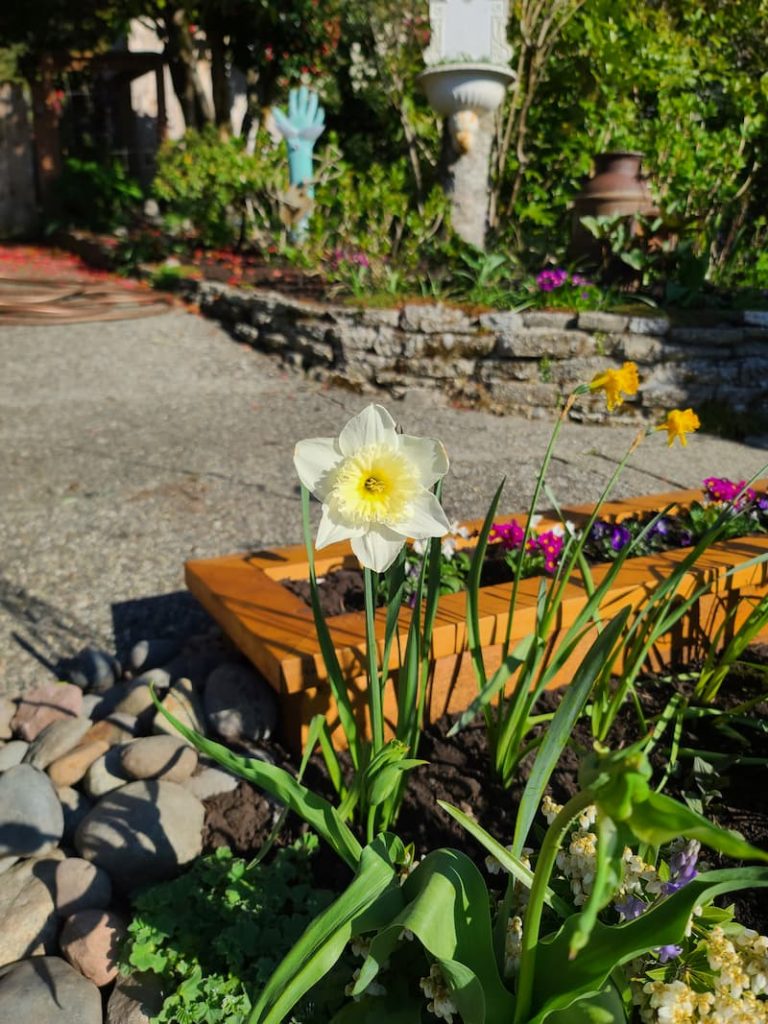
Maintain Your Garden Tools
Check your garden tools and ensure they’re in good condition.
Sharpen your pruners and hoes, and make sure your wheelbarrow has enough air in the tires.
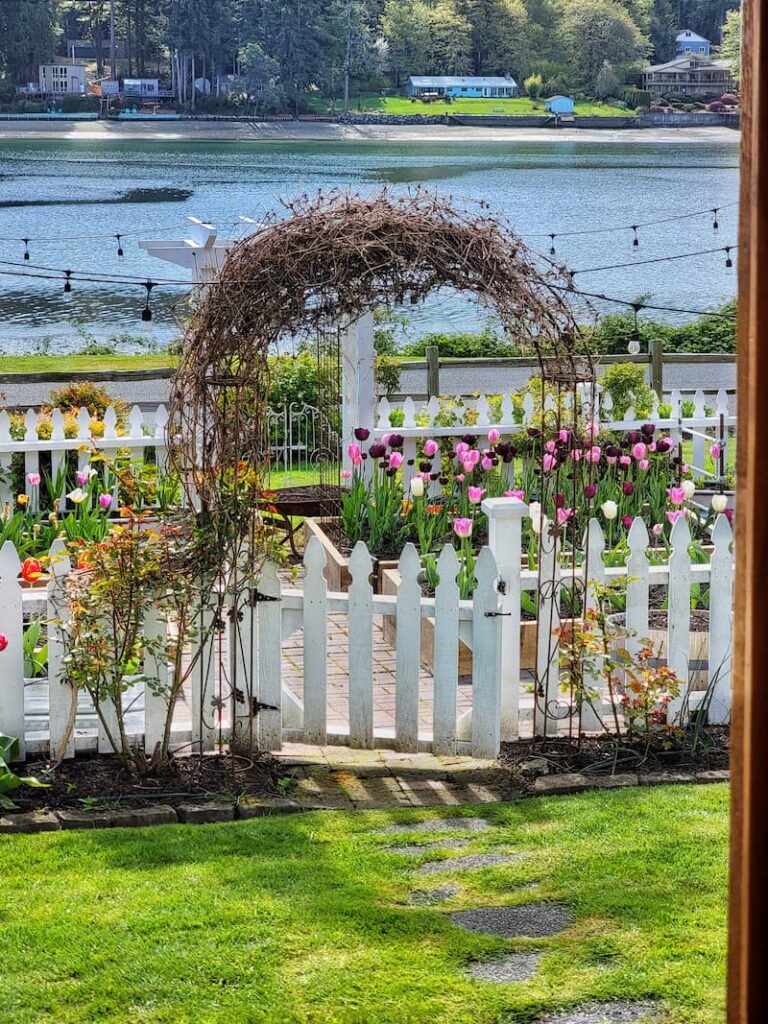
I hope these Pacific Northwest gardening tips and things to do in March will help you prepare your garden for the next growing season.
The more you do this month, the healthier and more beautiful your garden will look this spring and summer.
I hope this gives you an idea of some gardening to-dos that need to be done here in the Pacific Northwest for March.
If you have any questions or additional suggestions, please share them in the comments below. And be sure to share this blog post link with anyone who may find these gardening tips useful.
Until next time,
Happy Gardening!

I’m a self-taught hobby gardener. Everything I share on my blog is my opinion and what has worked for me.
Follow Me for More Inspiration
Shop my Amazon Storefront, LTK sources, and my favorite home decor, garden, and lifestyle products. When you purchase from one of my links, I earn a small commission, which helps me continue sharing all the content you expect on my blog.
Be sure to follow me on Pinterest, Instagram, Facebook, TikTok and LIKEtoKNOW.it. Do you like gardening? Join my Facebook Gardening Tips & Tricks group.

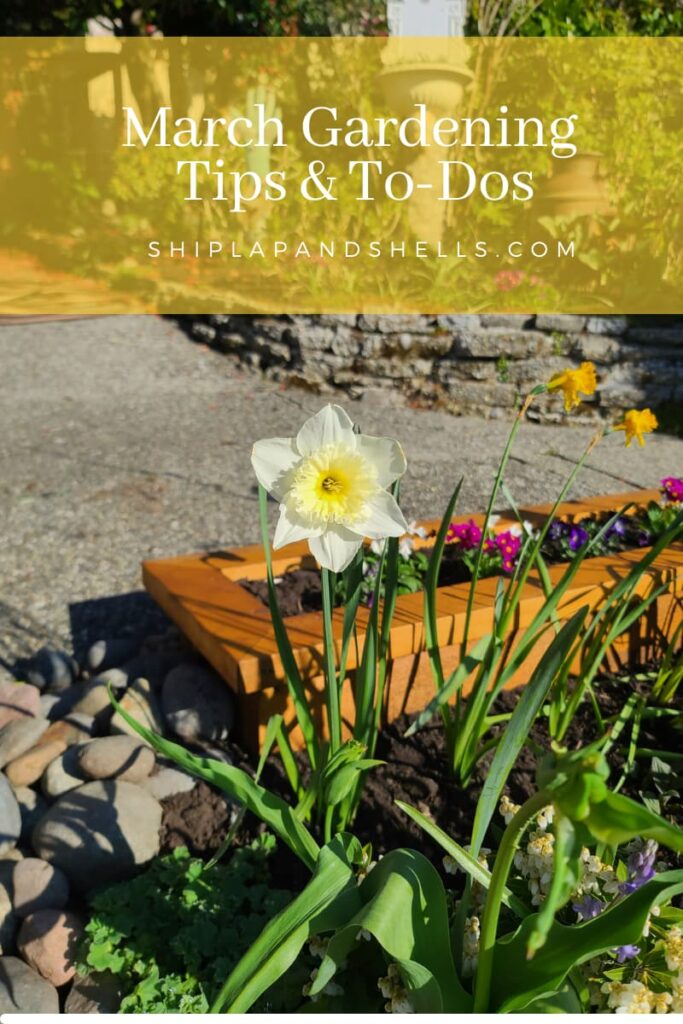


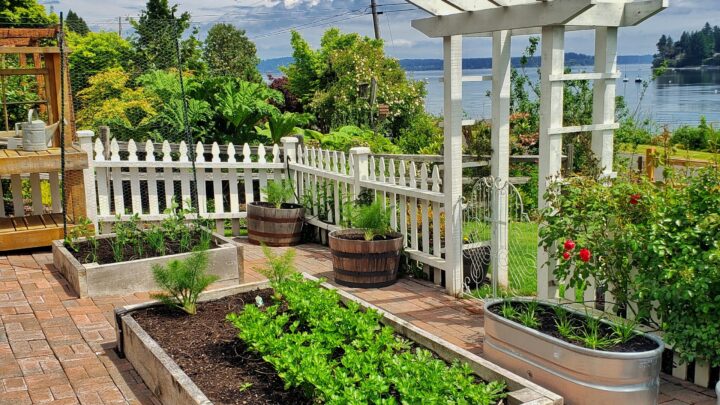
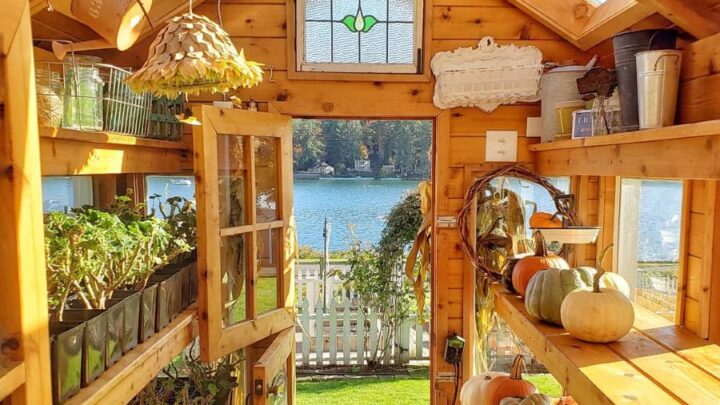
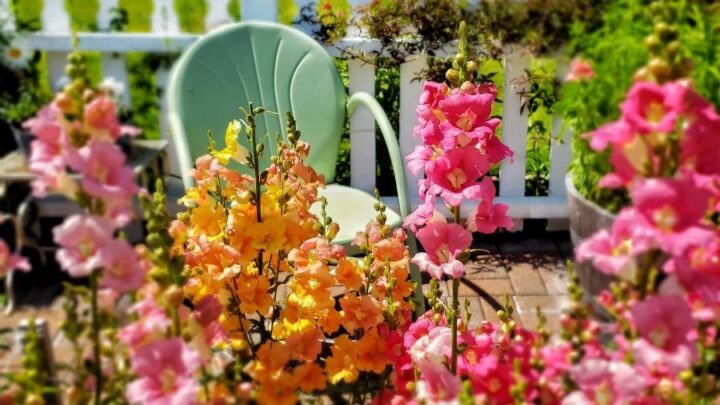
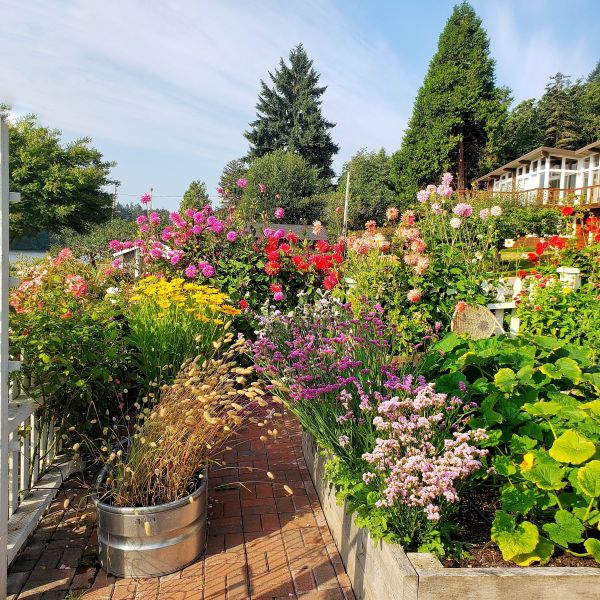
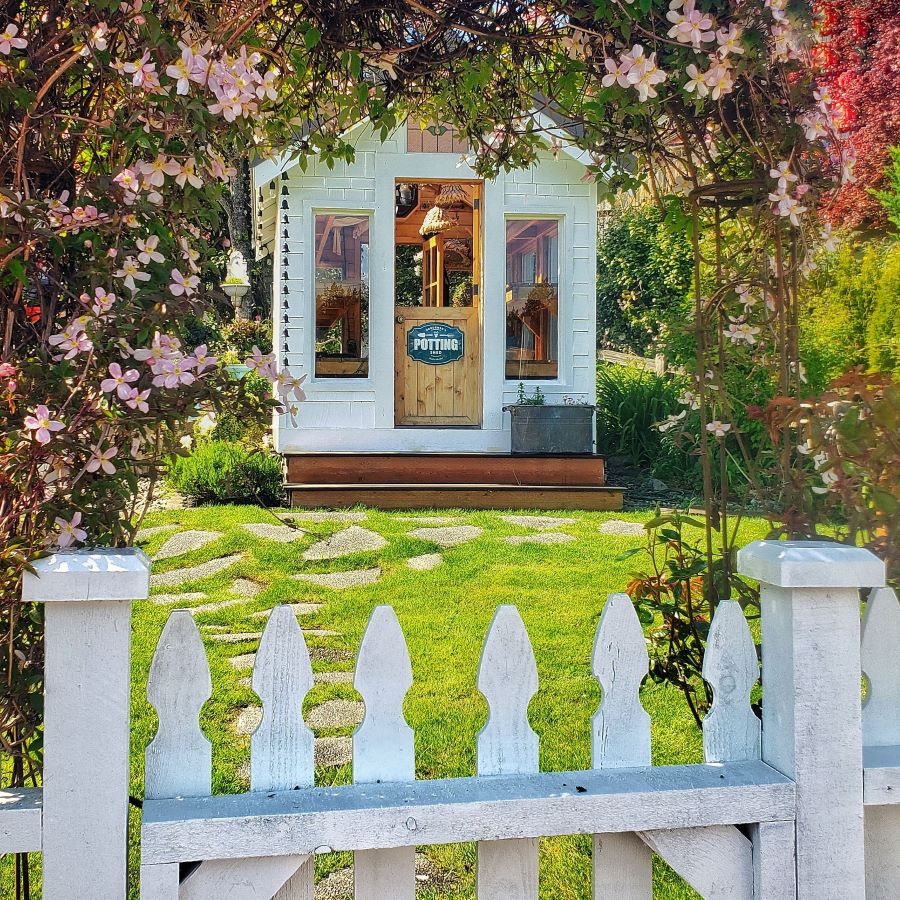
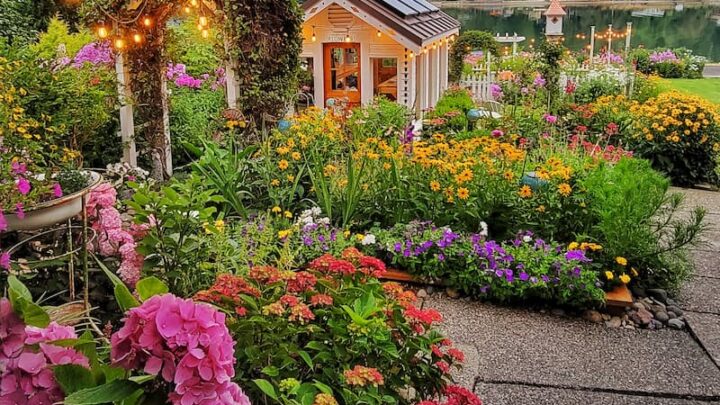
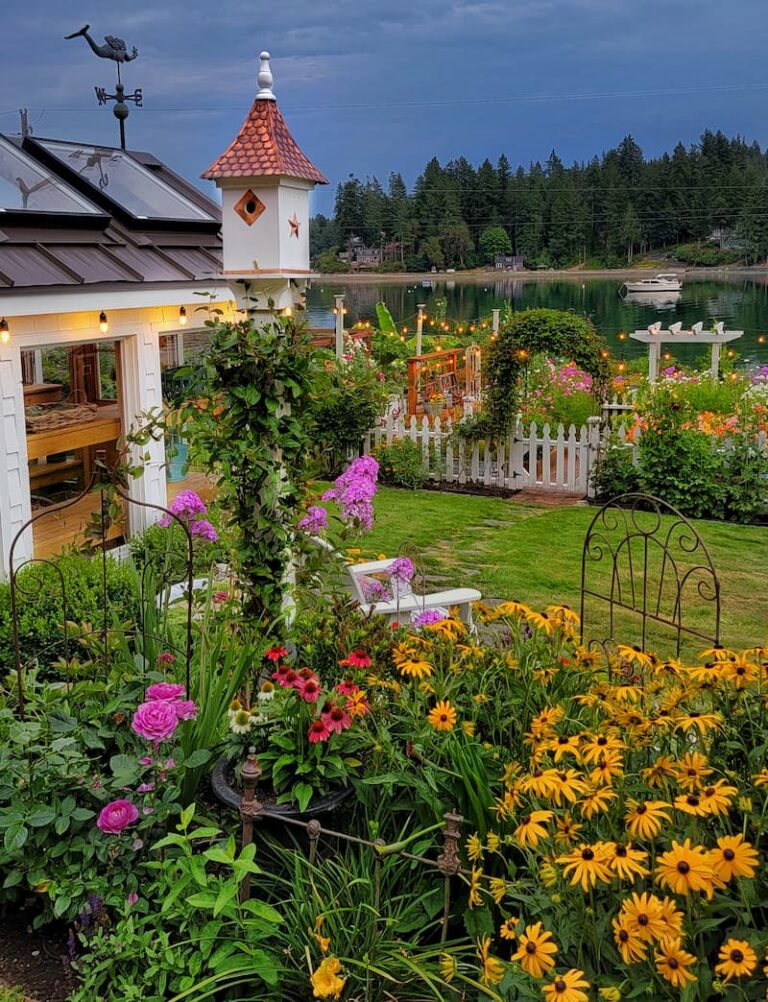
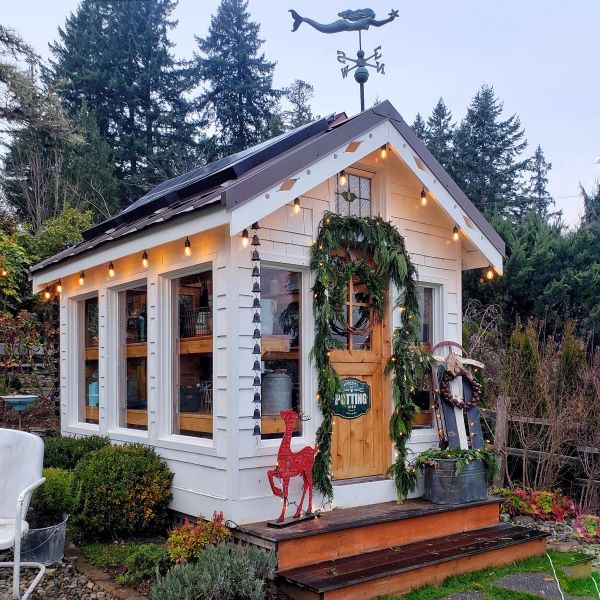
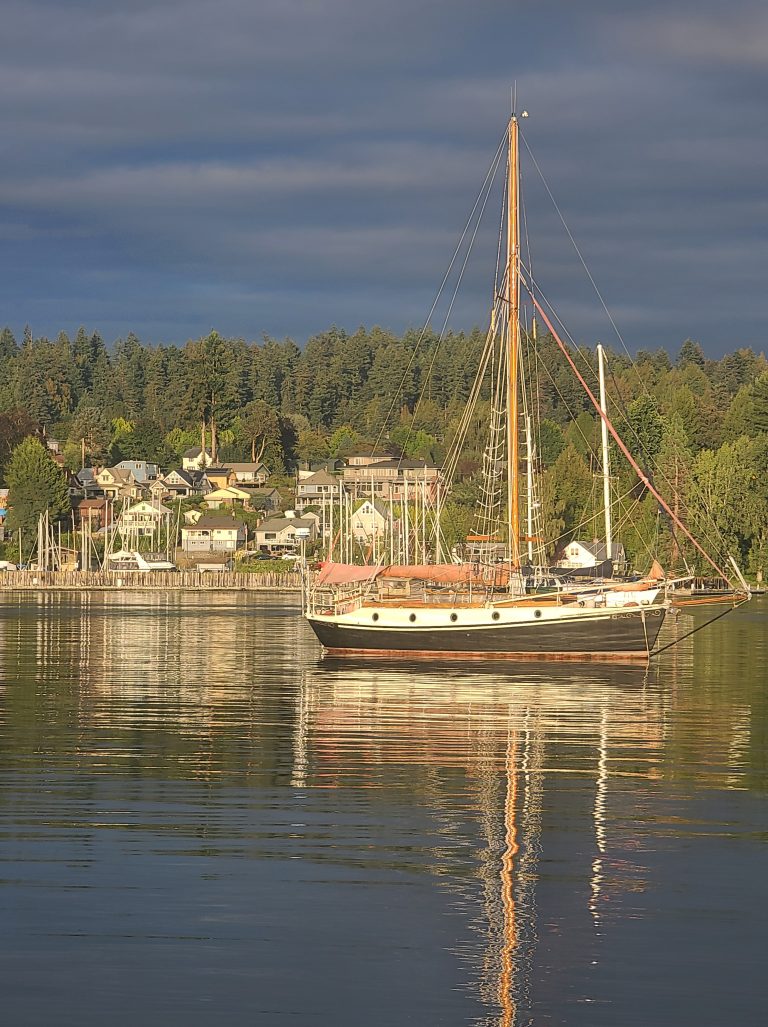
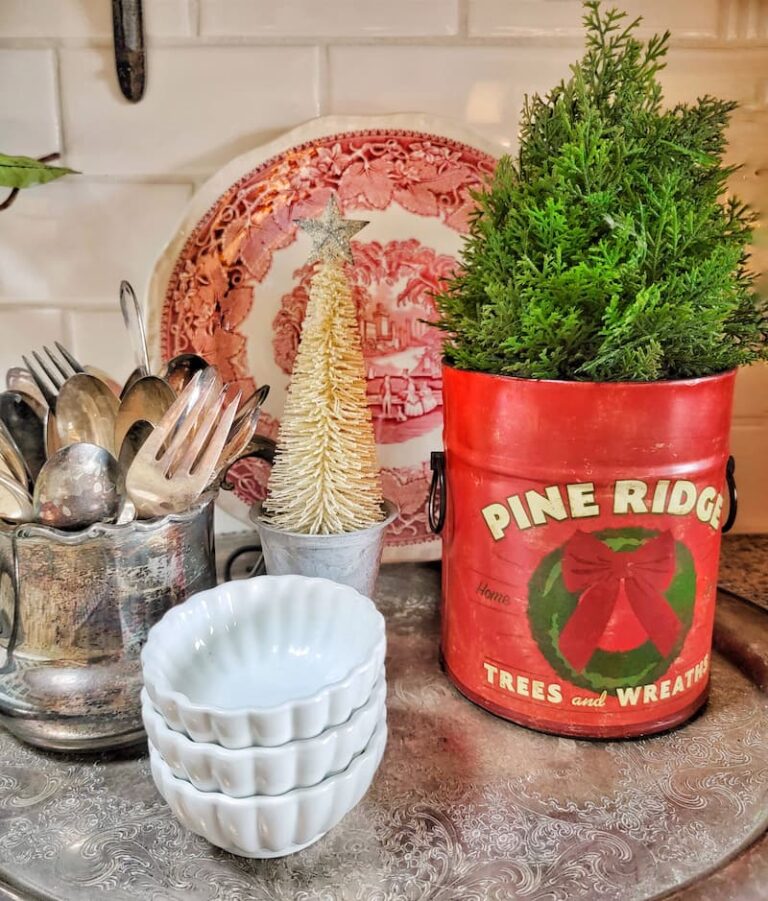


Even though I live in Florida and our soil is super sandy and we have to battle salty air and coastal winds, I’m always thankful for your helpful tips Kim. Your garden is crazy beautiful and we are beyond lucky you share all your best advice and recommendations. I’m definitely looking forward to following along on your progress again this year. Big hugs, CoCo
Spring is so close! Can’t wait to get back outside!
I also live in the PNW; thank you for all of these gardening tips! So helpful!
I love photos of your beautiful yard and garden. I love your potting shed, too. I had asked on another one of your posts about that adorable wire fairy that you have and I think you had mentioned someone in your neighborhood is an artist and makes them. Do you have her information? I would love to see what she has to sell. Also, you had mentioned that you were in a previous issue of Country Home magazine. It is one of my favorites and I found the article. I loved it and all the photos of your little piece of Heaven on Puget Sound. Thank you for sharing your beauty with us.
10 degrees here but I love your pics and posts I live in New Hampshire
so’ much great information!
Kim,
I love this post. You are teaching me so much.
Thanks for the planting tips! We are sprucing up our yard for our daughter’s wedding in May. There’s so much to do! BTW, your greenhouse is amazing!!! I best your plants love it!
I’m so glad they were useful, and congratulations to your daughter! I’m sure it will be the most beautiful wedding.